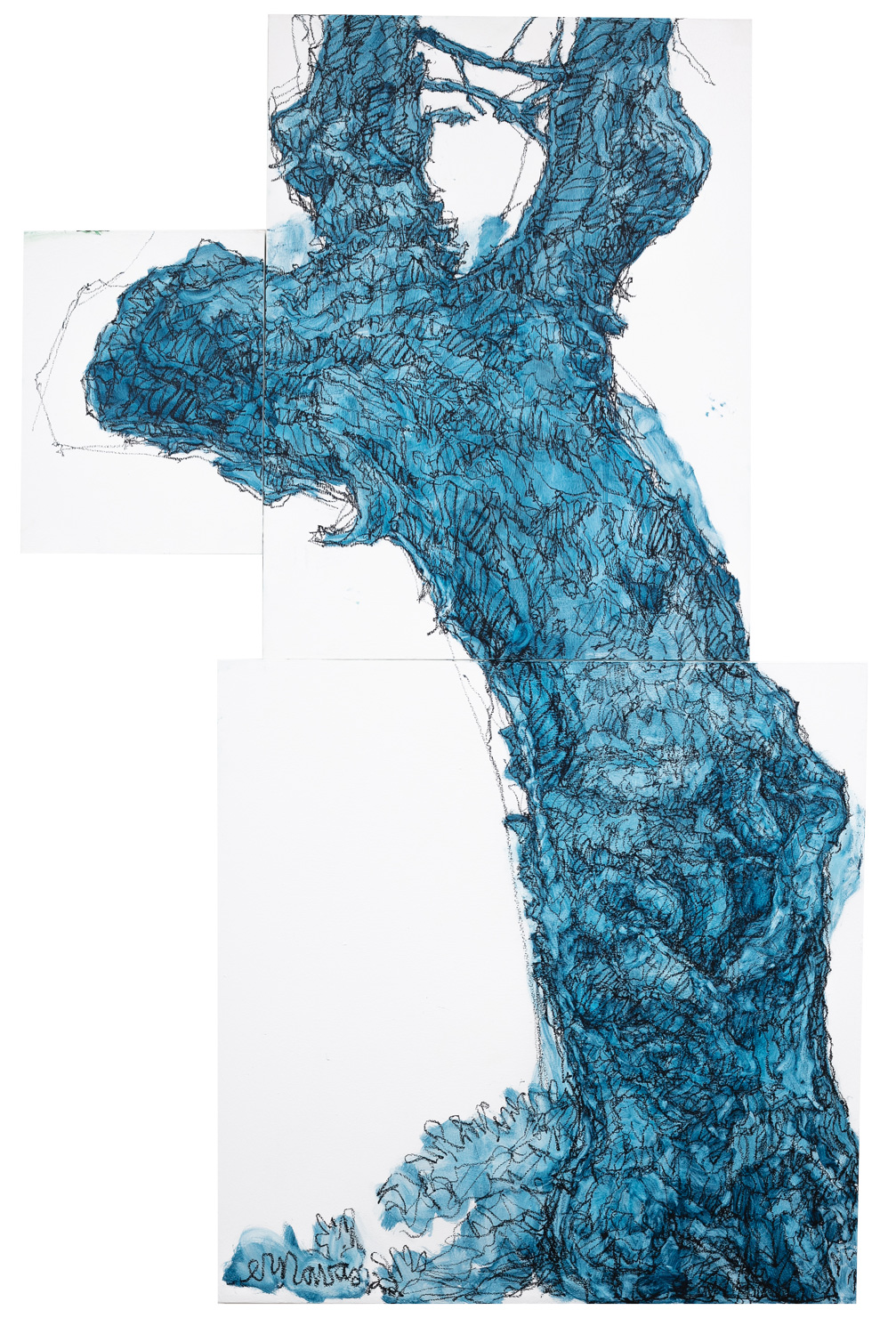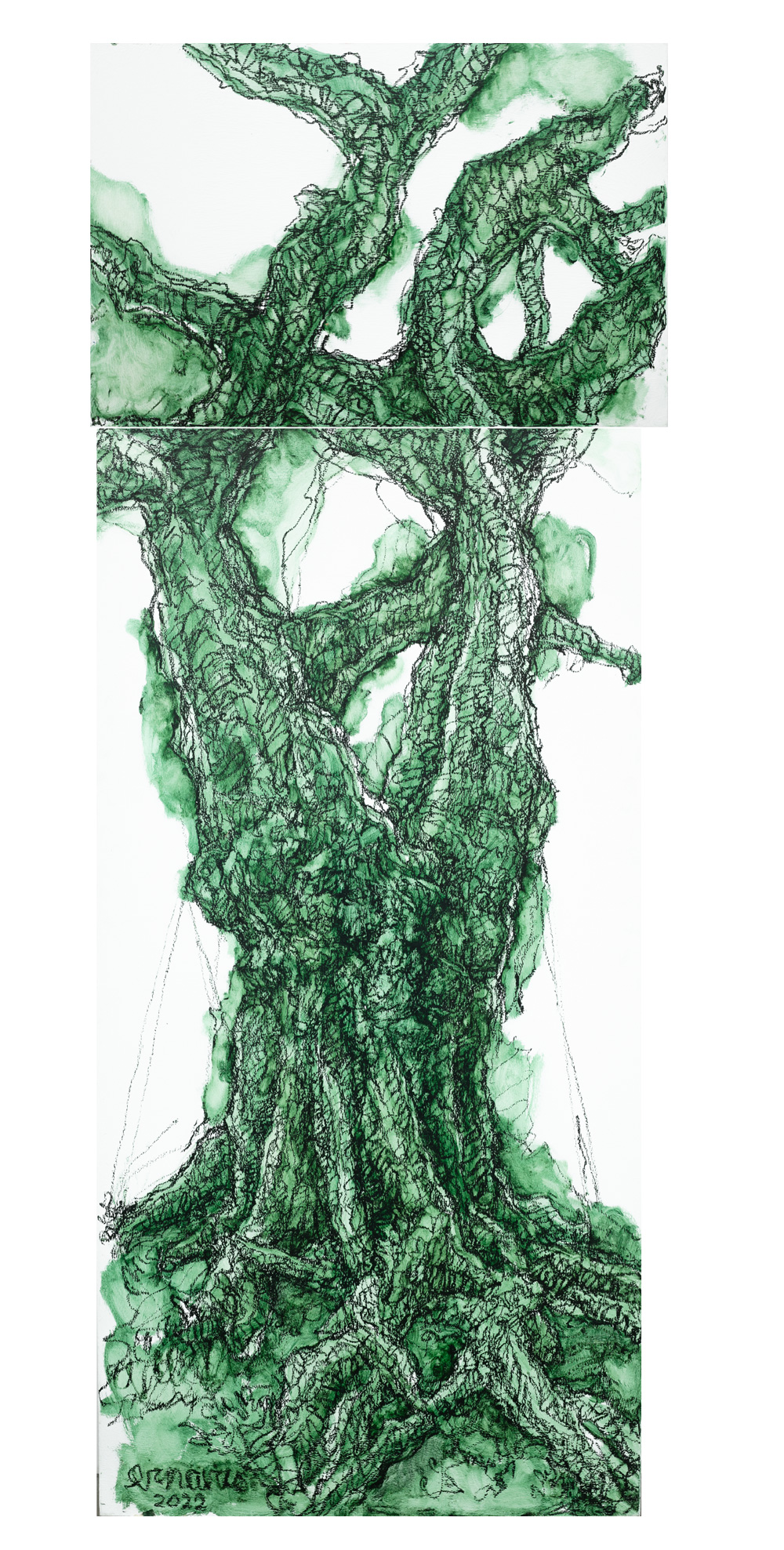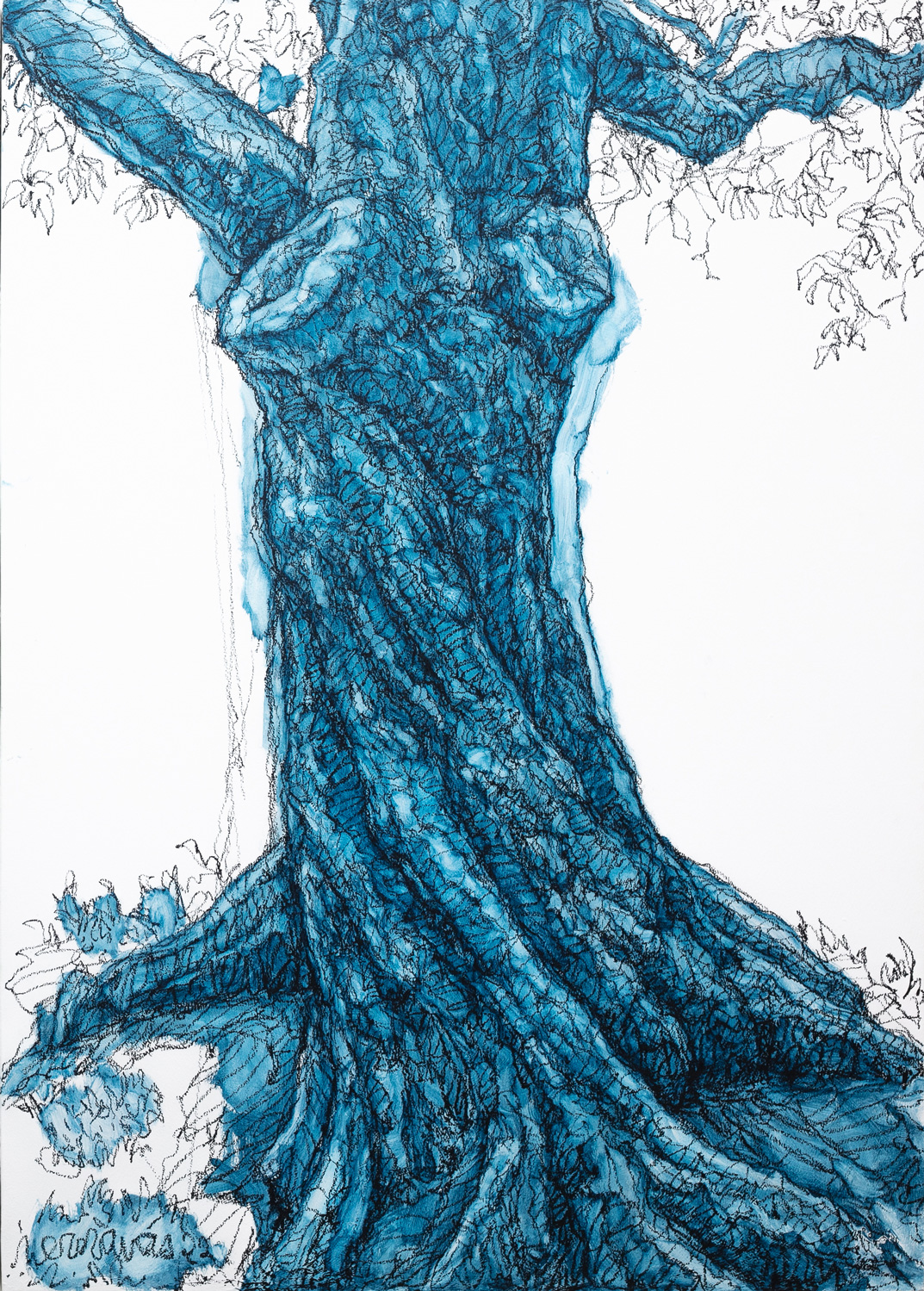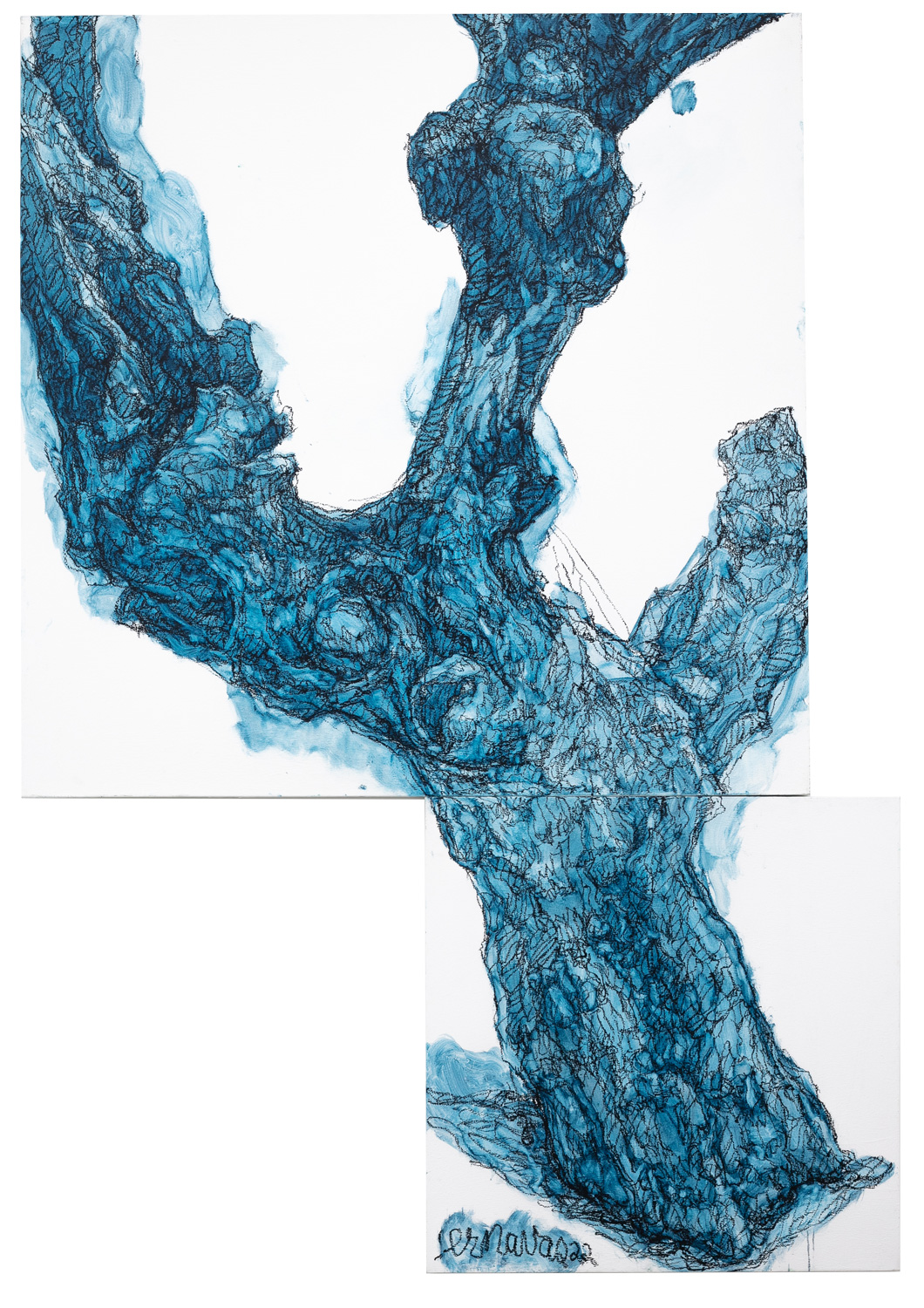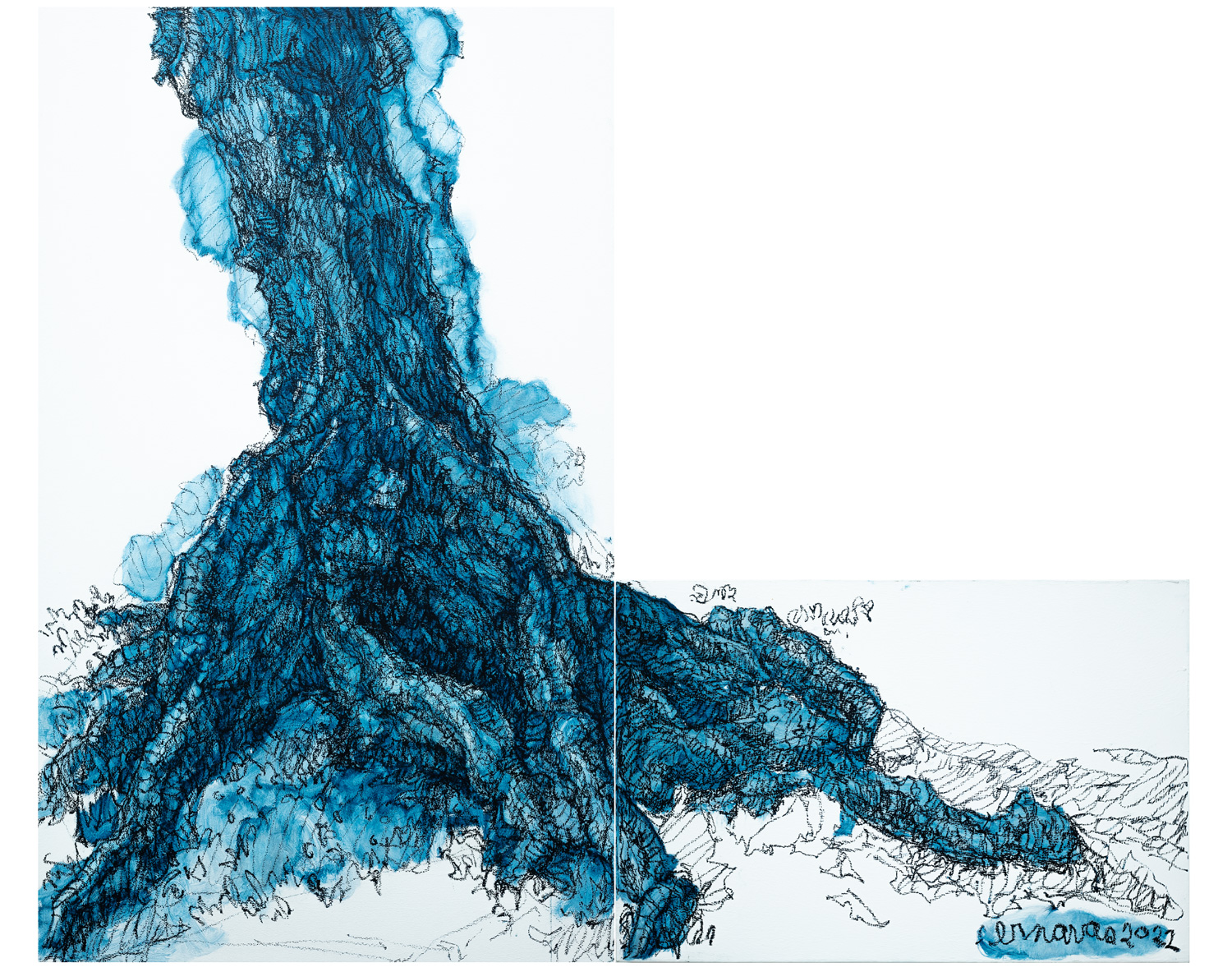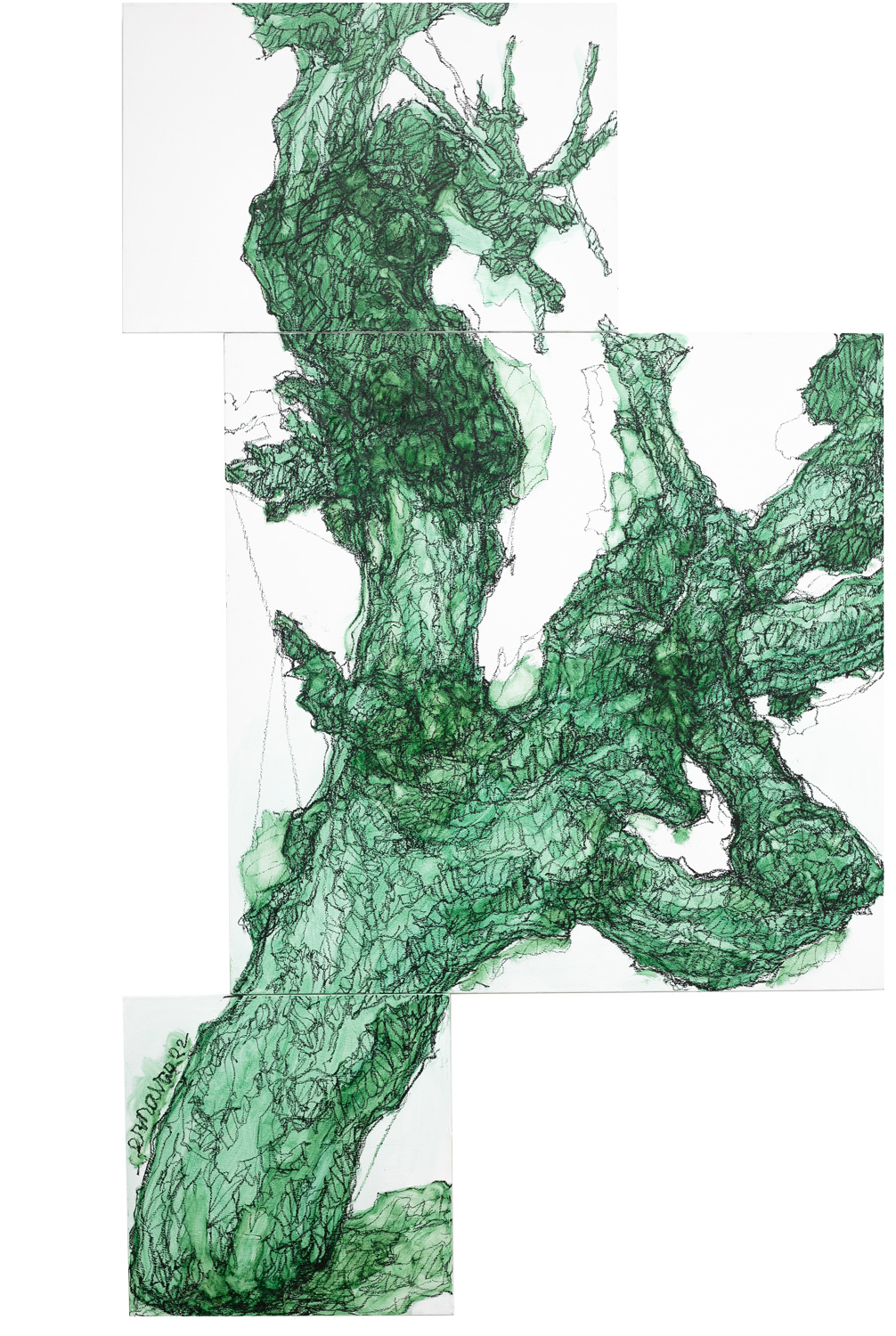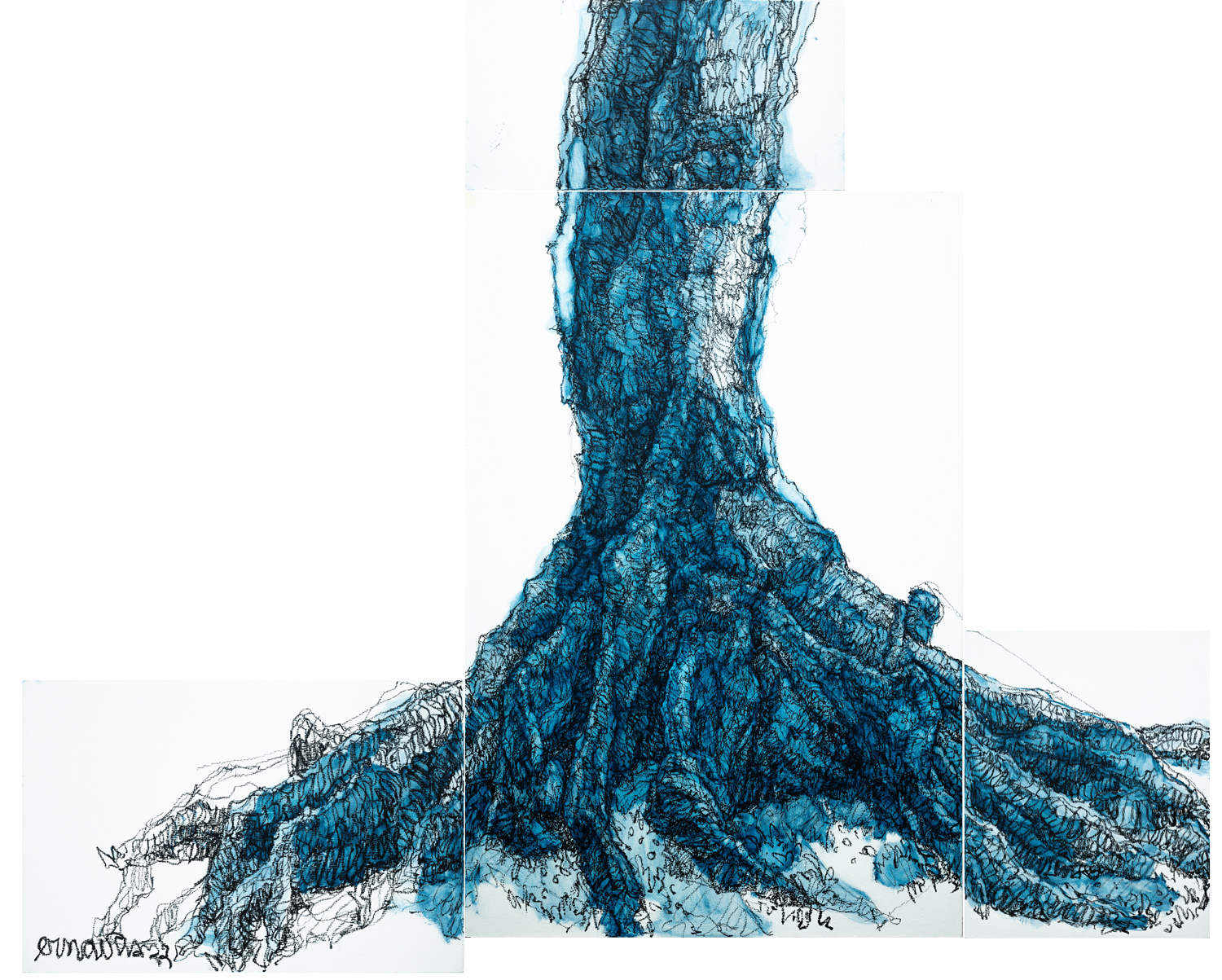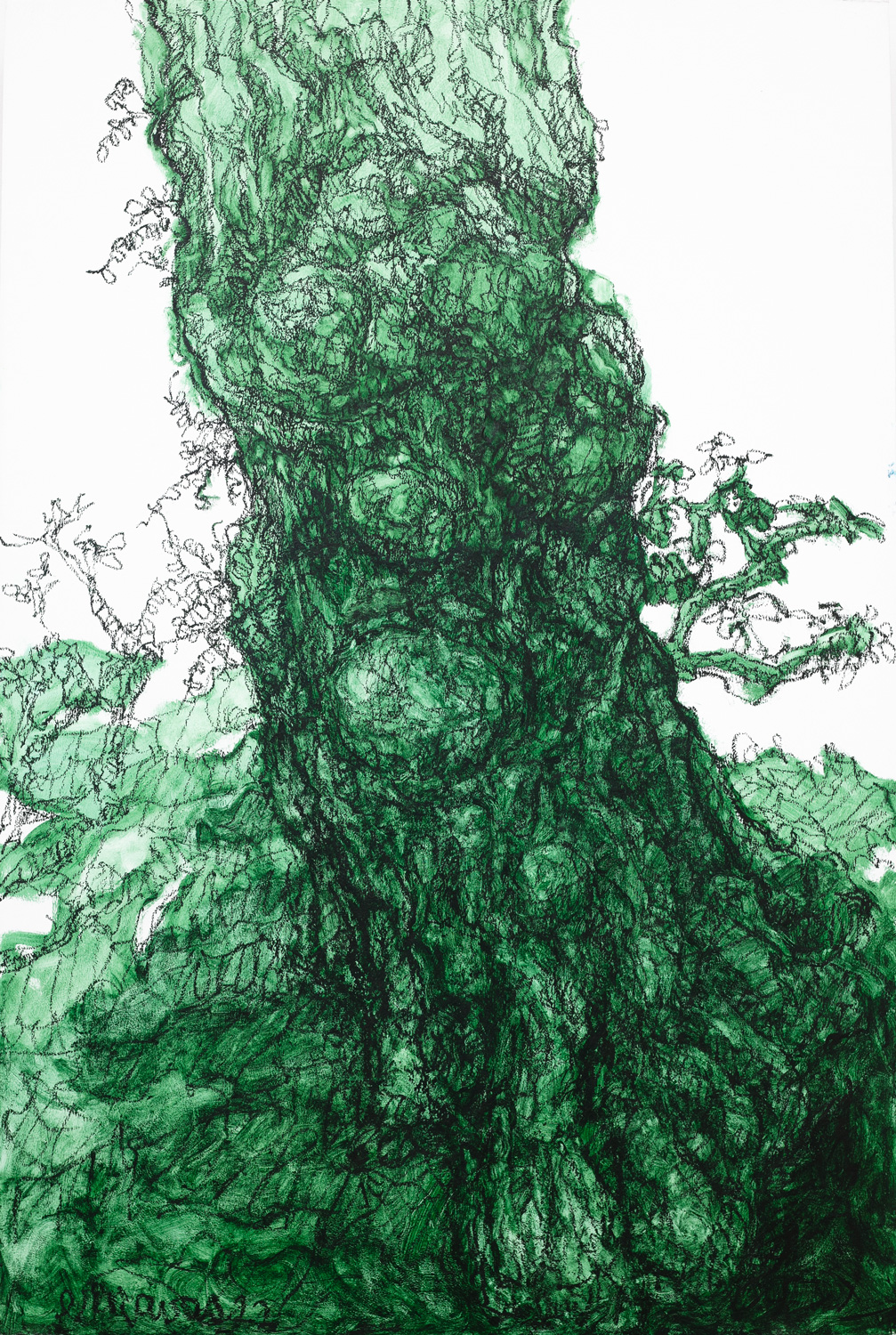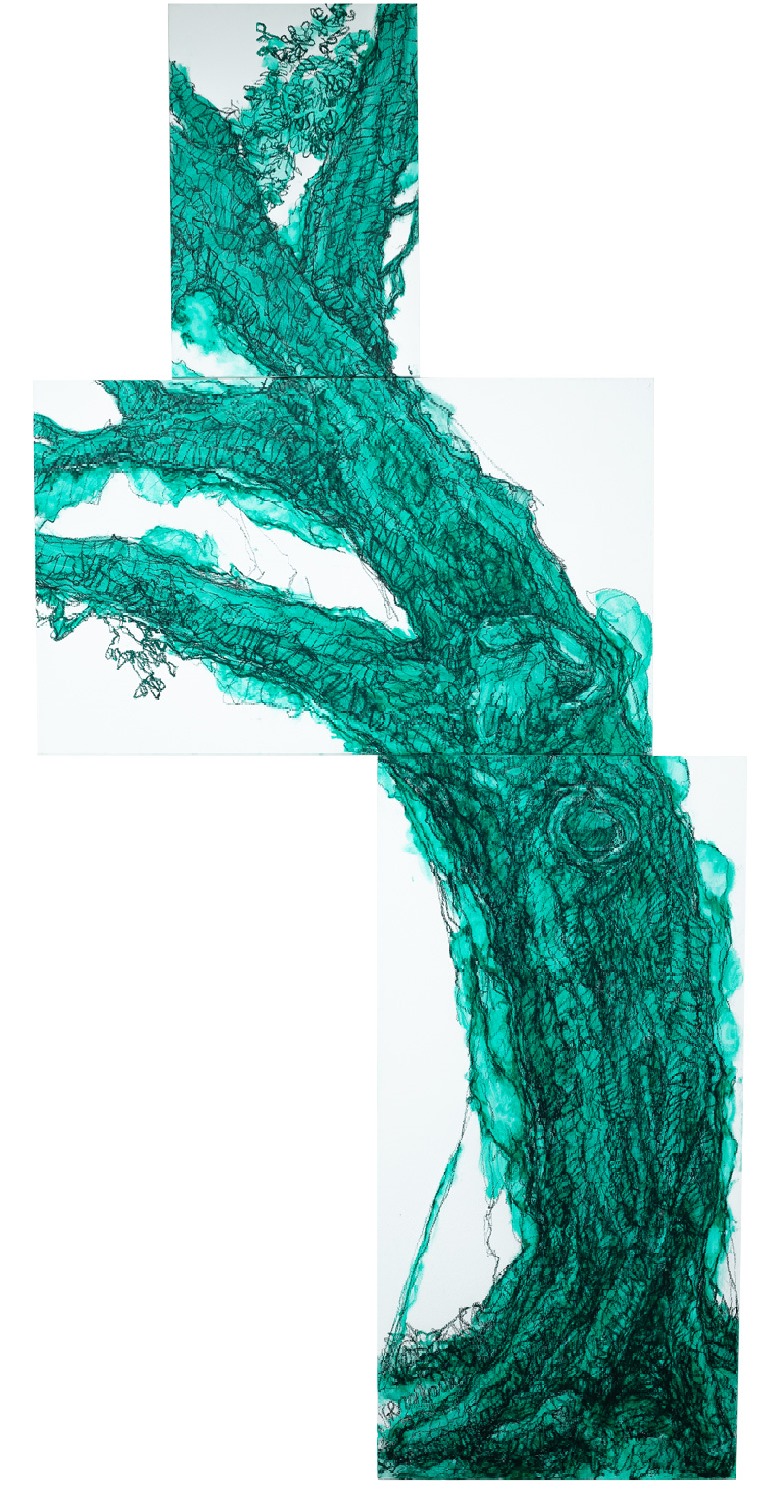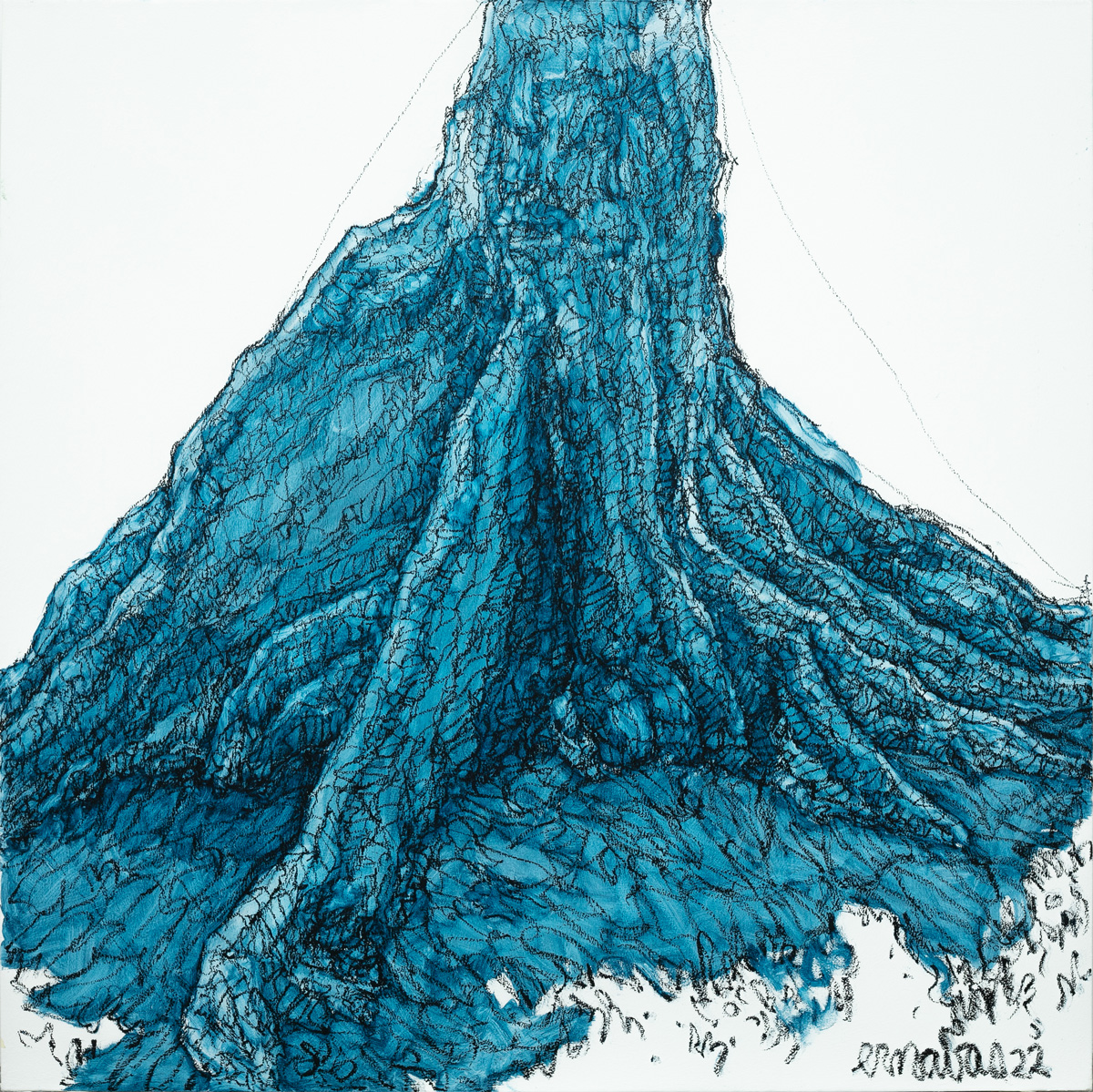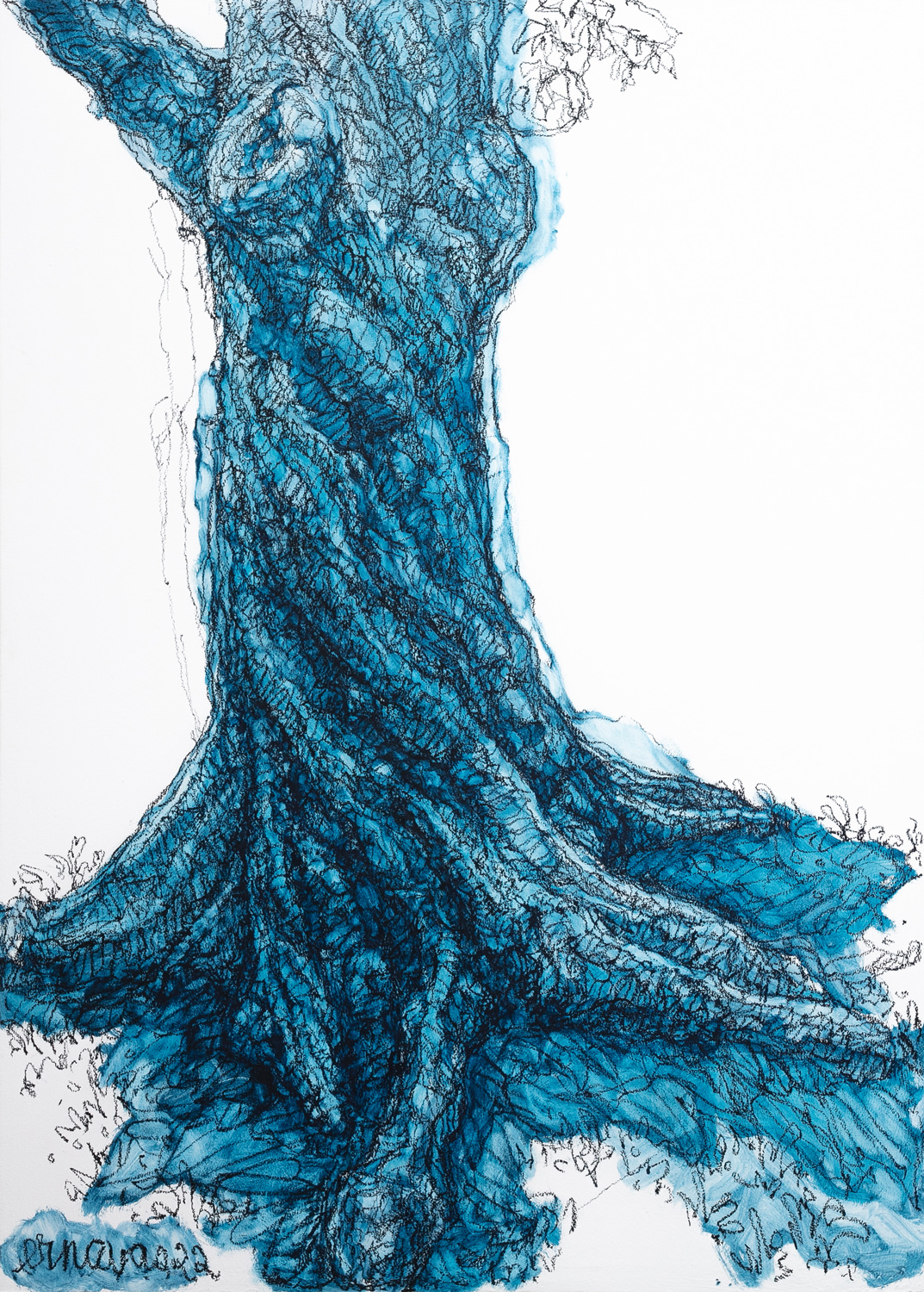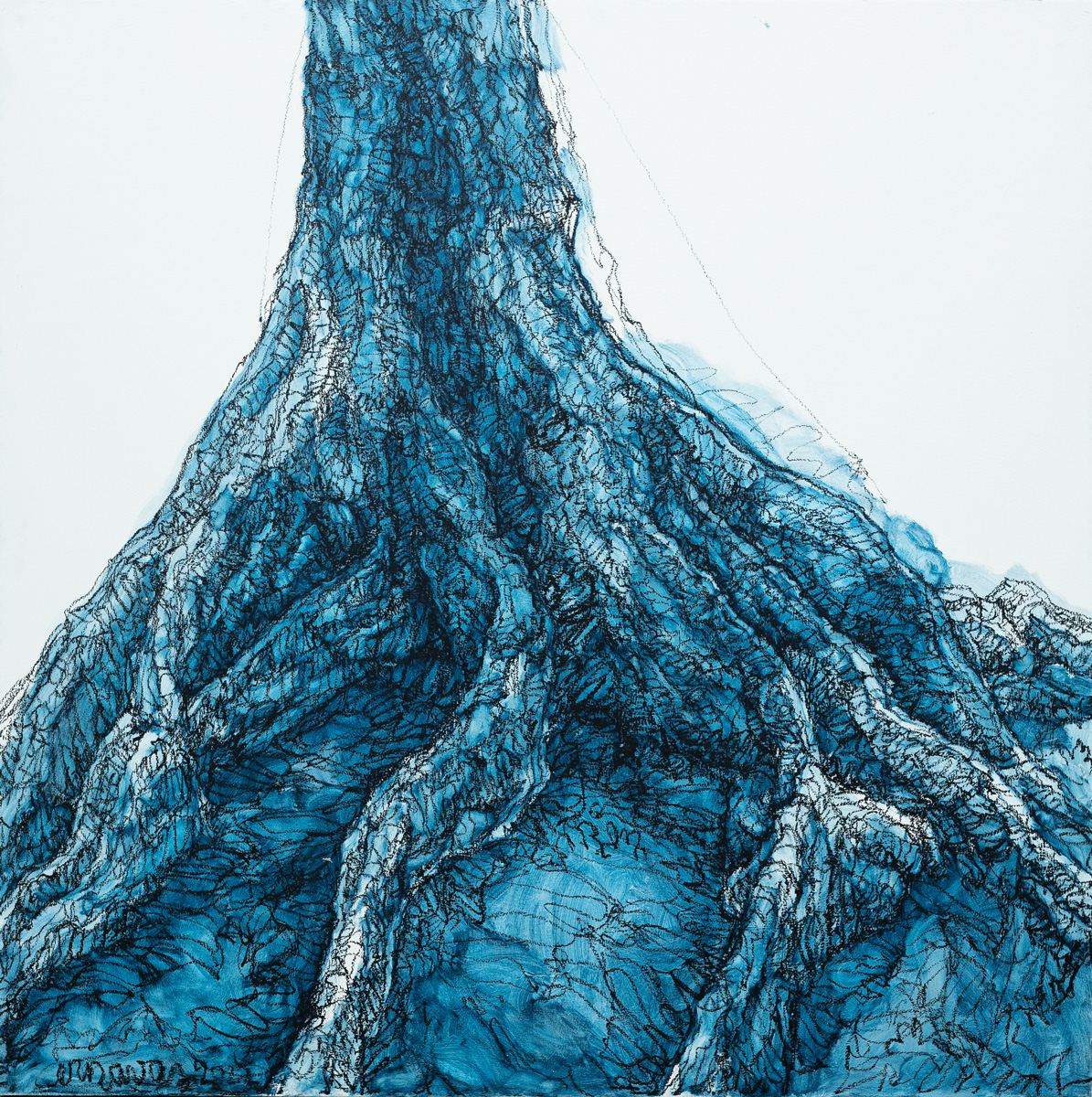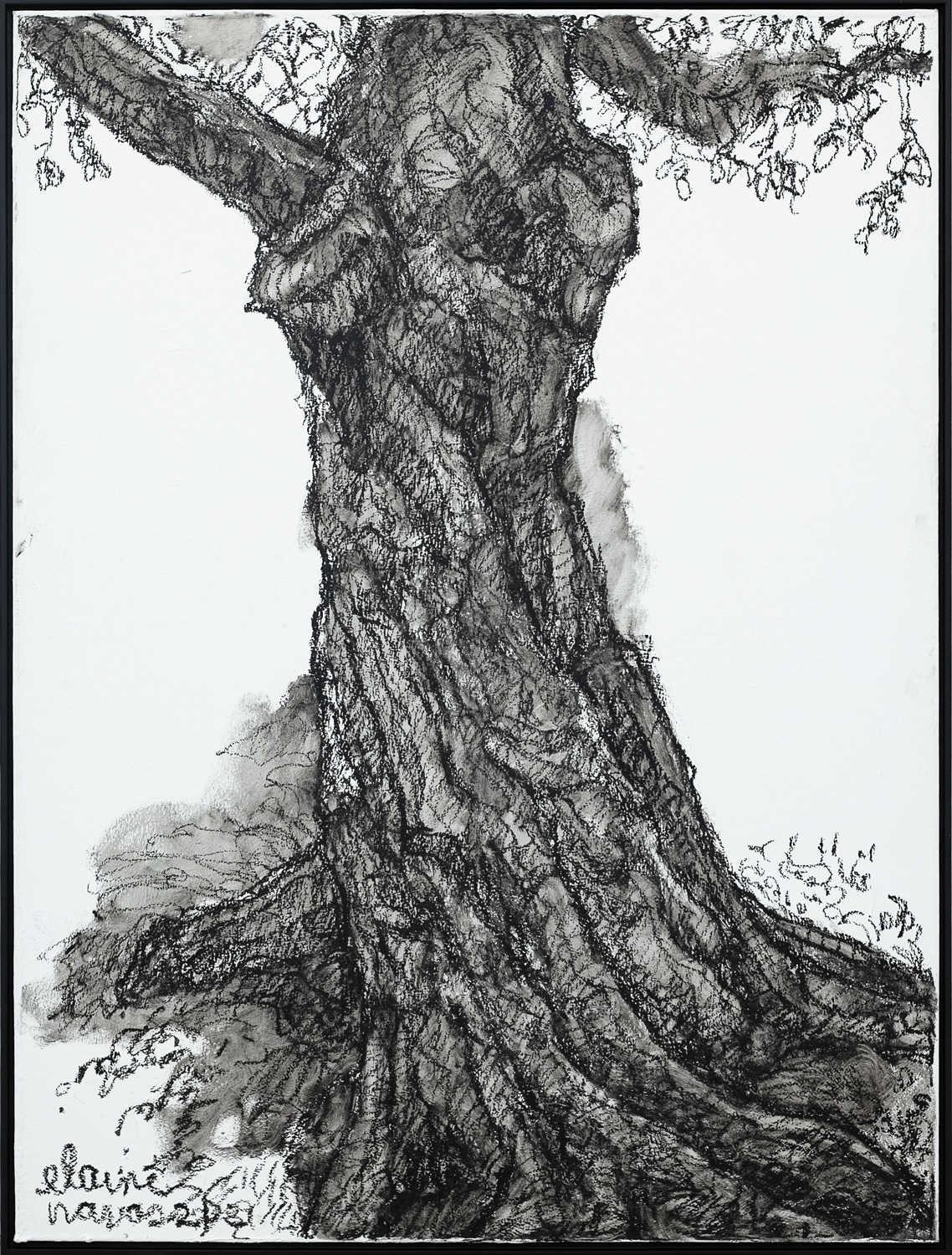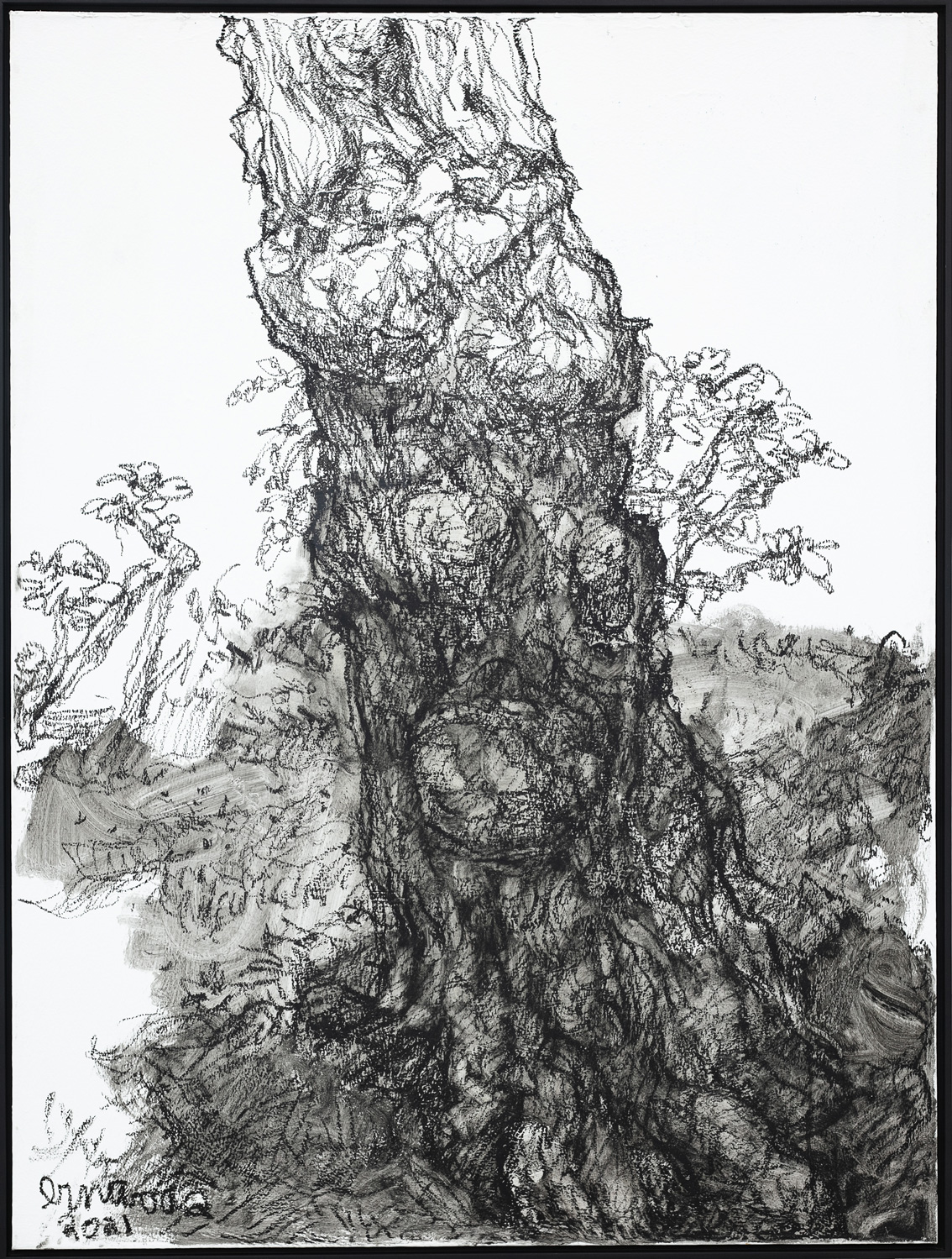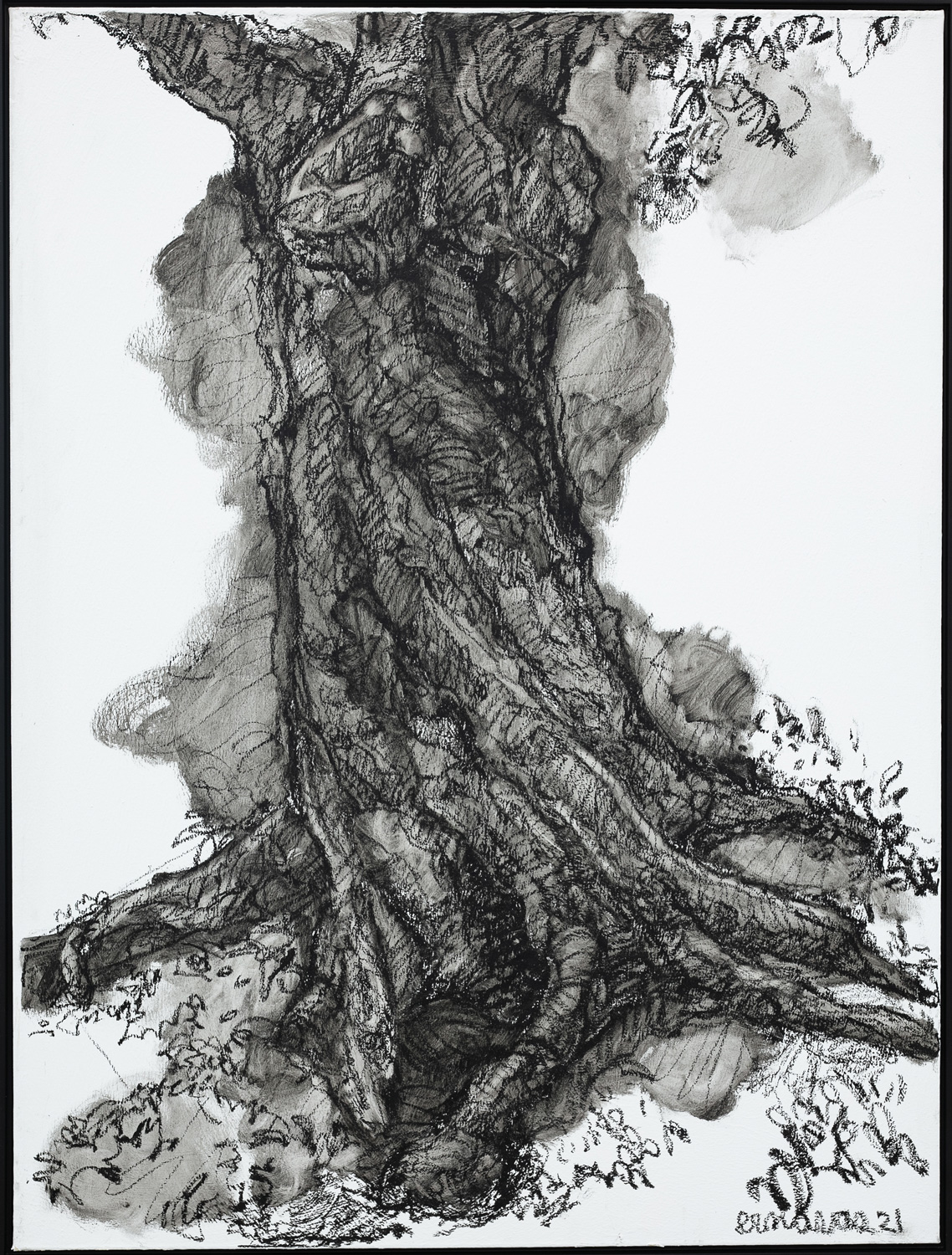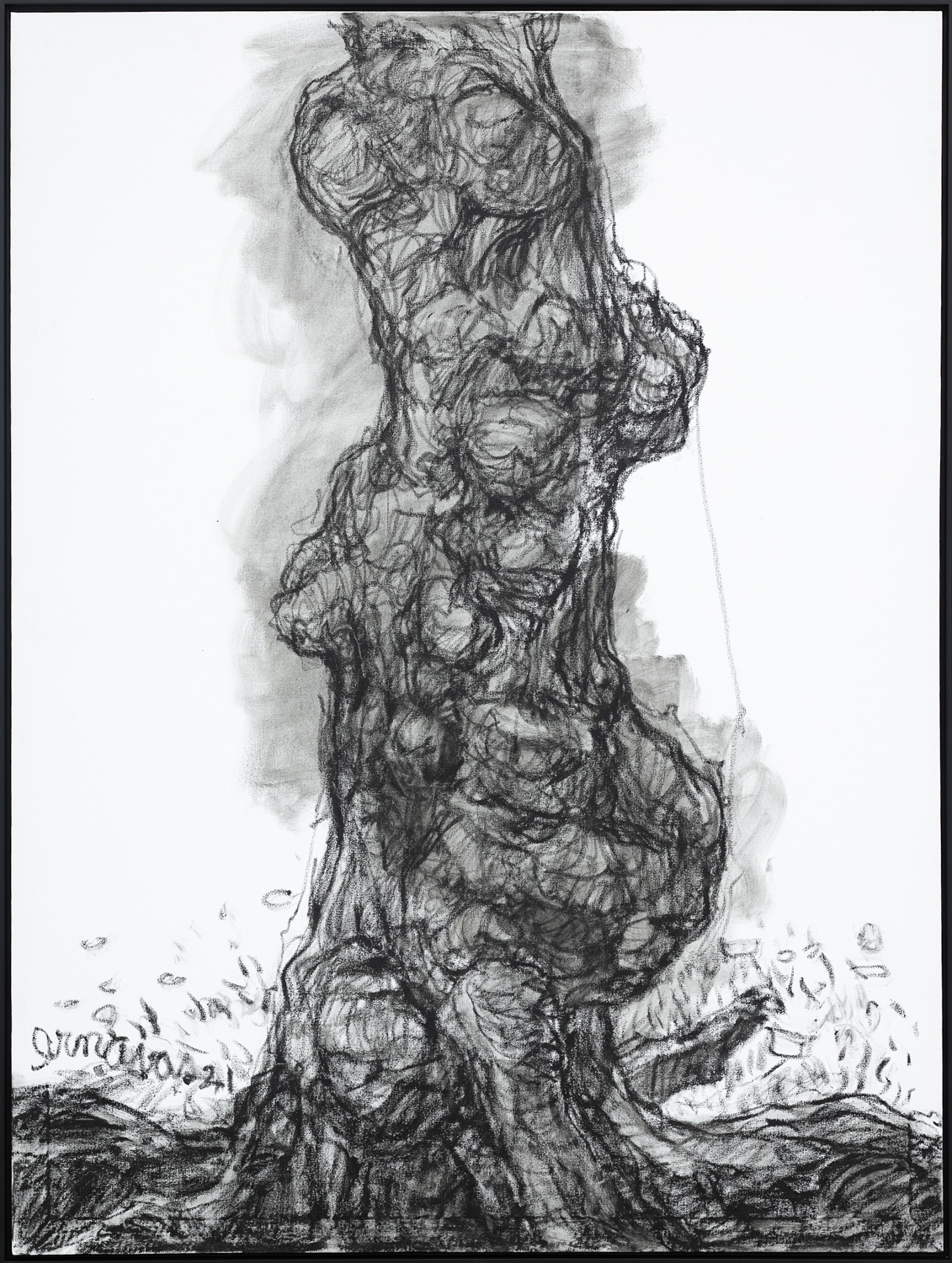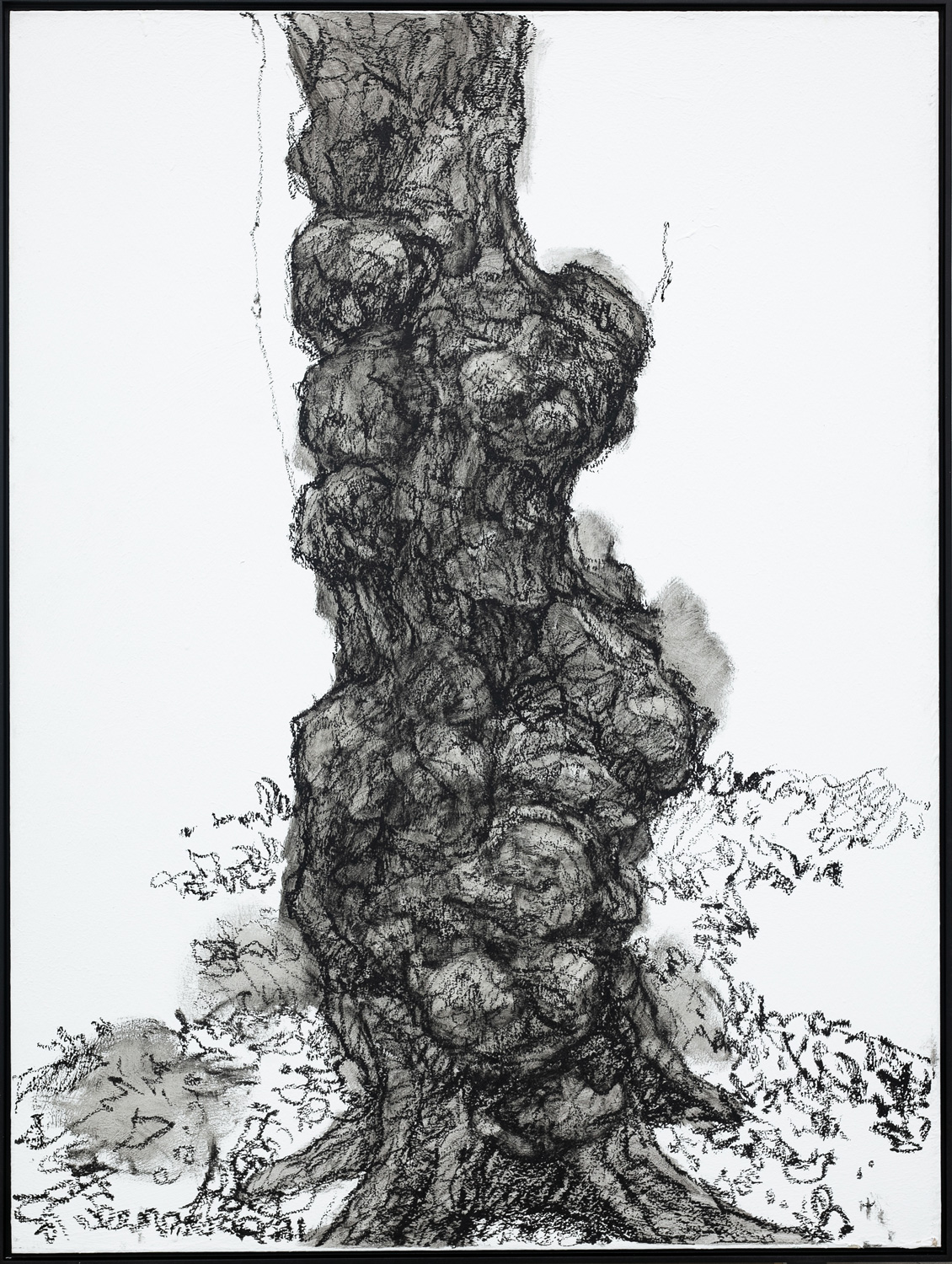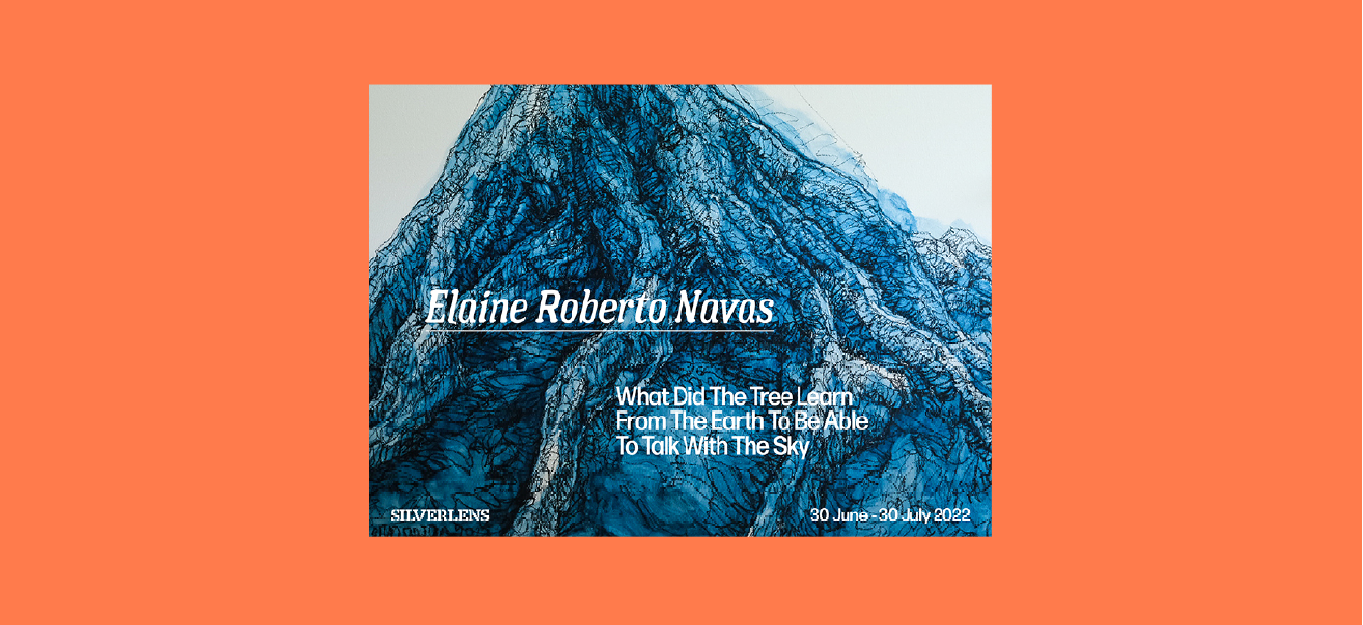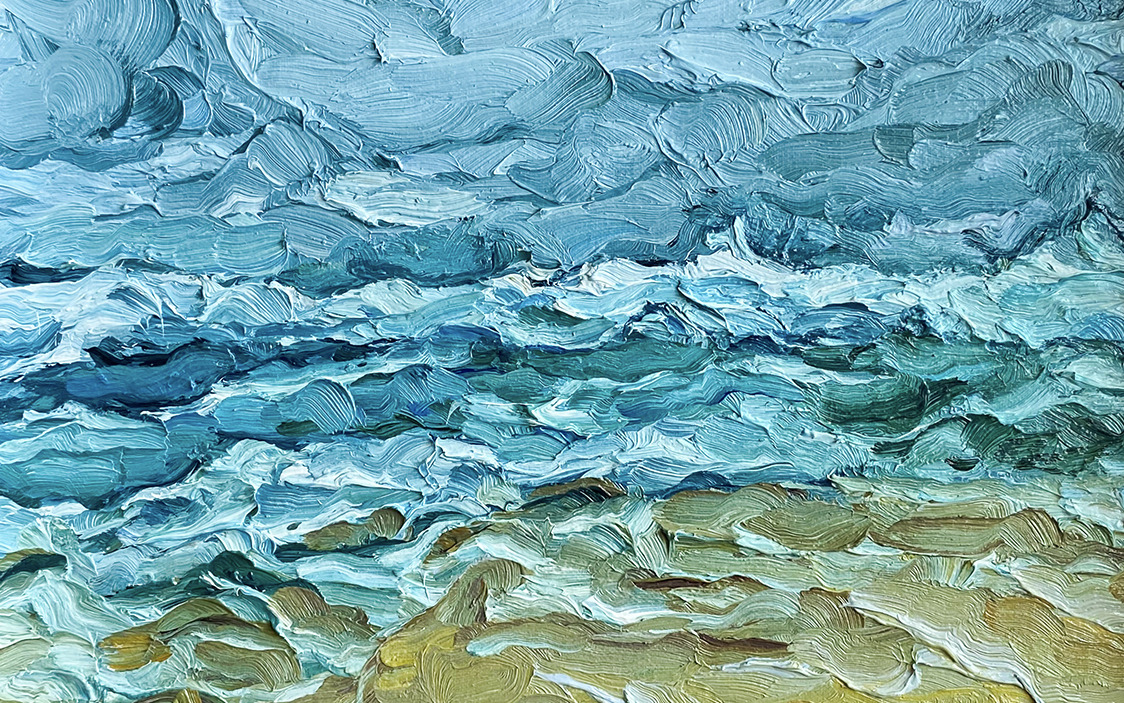
About
The depiction of willows—Vincent Van Gogh once mentioned it in a letter to his brother, Theo:
“If one draws a willow as if it were a living being, and it really is so after all, then the surroundings follow in due course if one has concentrated all of one’s attention on that same tree, and does not give up until one has brought some life into it.” (Vincent Van Gogh, Letters, 1888)
The painter, Elaine Navas, who has concentrated on life more than anything since the pandemic started, offers a much-needed introspection on the things that matter: to paint what one wants to see—in thinking that every chance might come as the last. This serves as countermeasure to the bleakness of our current state—wherein we have been exposed to the vulnerabilities of humanity—as well as to its ability to continue and survive. Like trees, old and worn, sturdy as they are stubborn, outlasting generations that have come and gone and have resigned to oblivion. These trees, for Navas, while withered and have lapsed, serve as a reminder of our fortitude and self-determination.
These trees, in their substructural forms, magnified through their trunks and heavy branches, are shapes that form resemblances—cultivating our imaginations of people, places, and distant memories. A tree in a park Navas has frequented while in contemplation, has reminded her of a dear friend: in its peculiar contour and bend, like the posture of a certain person in mind. These shapes determine their identities, and these identities are rendered in strokes that portray their character—as if they were interpretations of their traits. If they could speak, through their trunks, branches, and roots, they speak through the hands of the artist, who is a companion for living.
The diptychs and polyptychs composed by Navas that follow the trees’ own tendencies are a testament to their nature—as a guiding force and as parallel to one’s existence. Building and turning along the directions of their own growth, these frames are brought together to capture their organic form. They break away from the cold arrangement of fixed quadrilaterals, as if saying, nature will always run its course—even in composition, in mimesis, and especially in painting.
For Navas, artistic practice is never detached from the personal. In her recent shows, she responded to memories that found significance through their resurfacing in these extraordinary times. She relays her own experience into new drawings, deriving them from things she has seen and observed from her constant walks. When plants and trees become vital as symbols of resilience and self-sustenance, Navas weighs in to this phenomenon through visuality, in trying to gather knowledge by rendering them as images. These drawn paintings, as Navas would like to refer to them, are made by applying oil bars on canvas. There is something about their achromatic portrayals and polyptych frames that evoke simplicity and purity—a kind of ‘matter-of-factly’ representation, where these forms instead of being rendered as spectacles are presented as sketches—but not unremarkable. It may have something to do with their raw appearances, which demonstrate an ephemeral quality. And in Navas’s attentive depiction of their branches and crowns, marked by grittiness and their seemingly resolute and gnarly trunks—we could sense a certain bond that the artist has forged in drawing them.
From a Neruda poem and into the walls of the gallery, the question lingers in our minds as well as in Navas’s: what did the trees learn, from the ground? And what did they discover as they continue to rise skyward?
Made up of more than twenty set of trees, her show is a continuation of a series of paintings based on images from a single source (Like in It Takes A Village, based on Manny De Castro’s farm). Here, art becomes an allegory for nature’s passage. One whose essence is universal, and transferrable. The conversion into painting is a conversion of energy and a reincarnation of substance, forged neither by wind nor fire but by color, paint, and their composition.
There is indeed something that emanates from the works of Elaine Navas. Something that is abiding, that holds fast, and flows. Different each moment, yet at the same time constant—a devotion. In consistently chronicling the minutiae of everyday life and nature, Elaine Navas remains as an artist who is never afraid to search for meaning—who in turn allows us to find them in their most modest, yet enduring forms.
— Cocoy Lumbao
Elaine Roberto Navas (b. 1964 in Manila, Philippines) graduated with Bachelor of Arts in Psychology from the Ateneo de Manila University in 1985 prior to entering University of the Philippines College of Fine Arts, graduating with a Bachelor of Fine Arts majoring in Painting in 1991. In University of the Philippines (UP), Elaine learned under the tutelage of her mentor, Roberto Chabet, who would later curate several of her exhibitions, including her first solo exhibition at the Ayala Museum in 1997. Since then, she has been exhibiting her works in solo and group exhibitions in Philippines and in Singapore. Some of her major exhibitions include “We Cannot Step Twice Into The Same River” at Fost Gallery, Singapore (2020), “Pauses of Possibilities” in Lopez Museum, Philippines (2017) and “What does it all matter, as long as the wounds fit the arrows?”, a tribute to Roberto Chabet at the Cultural Center of the Philippines (2014). Elaine Roberto Navas lives and works in Singapore, where she resides with her family since 1998.
Installation Views
Works
